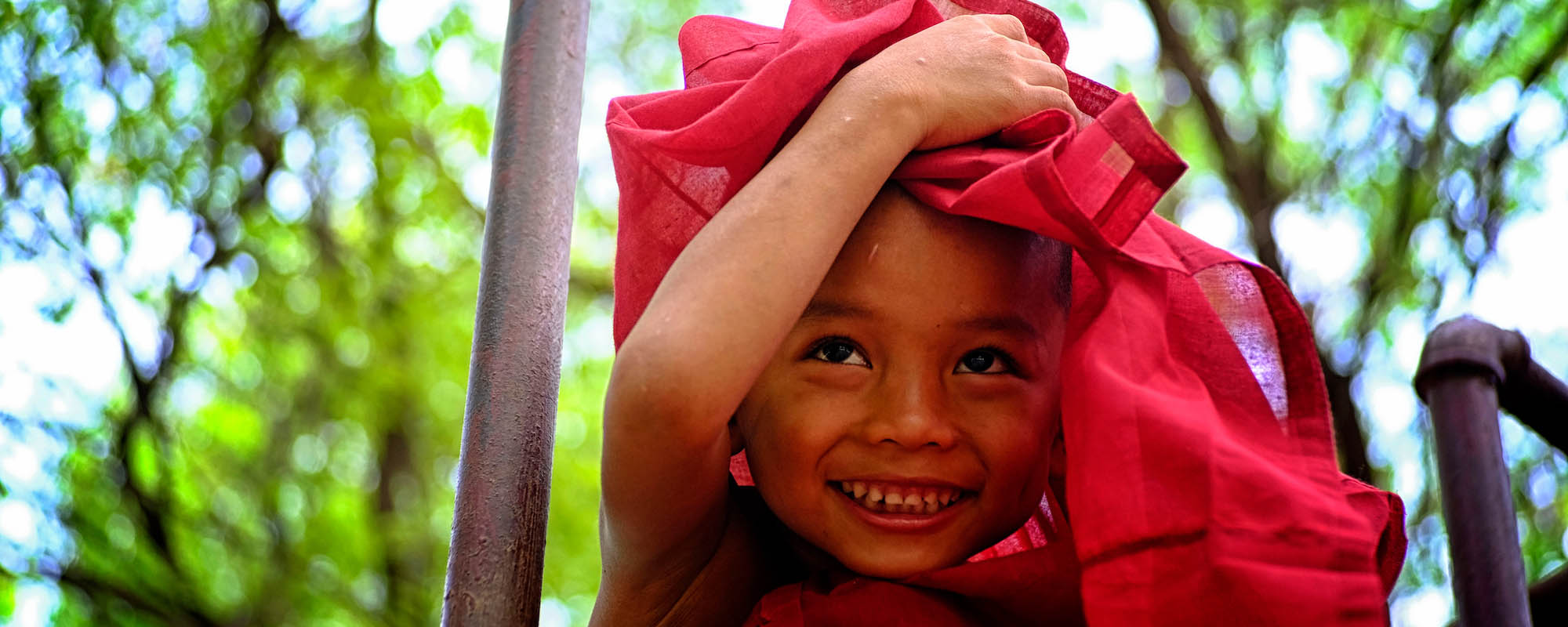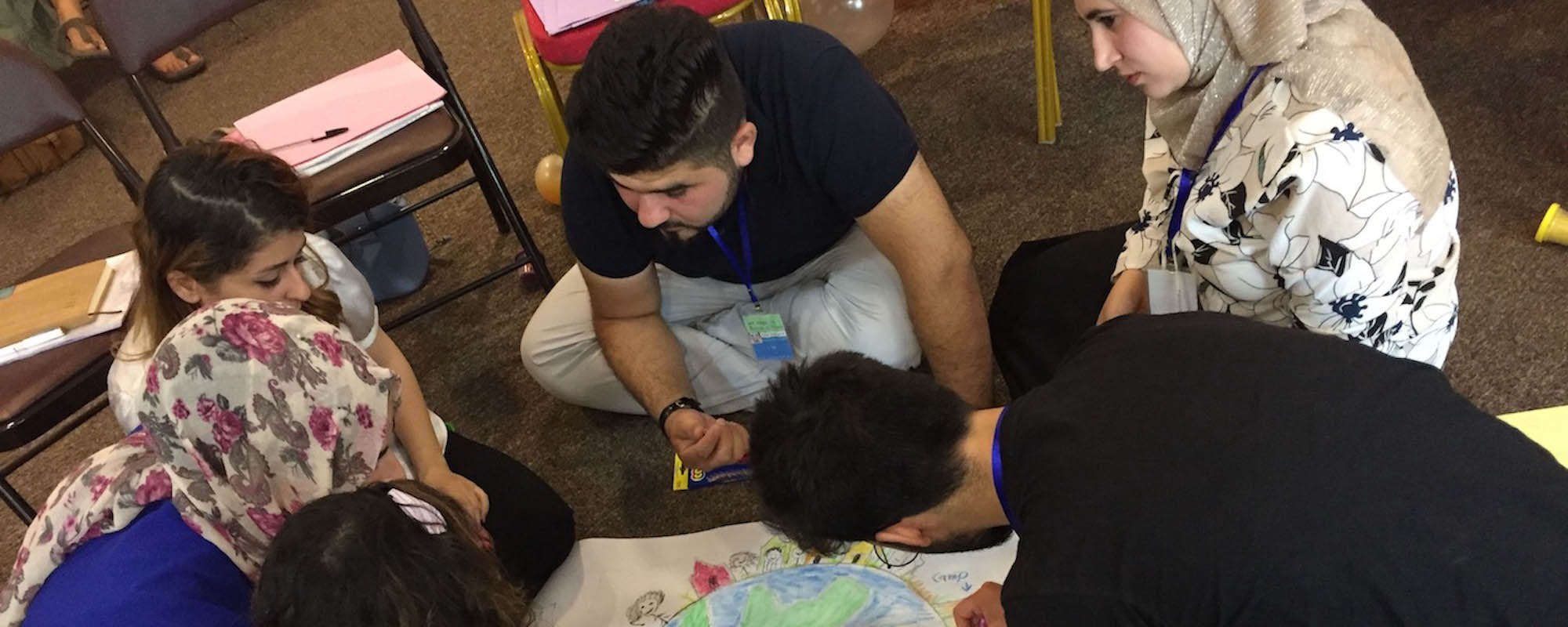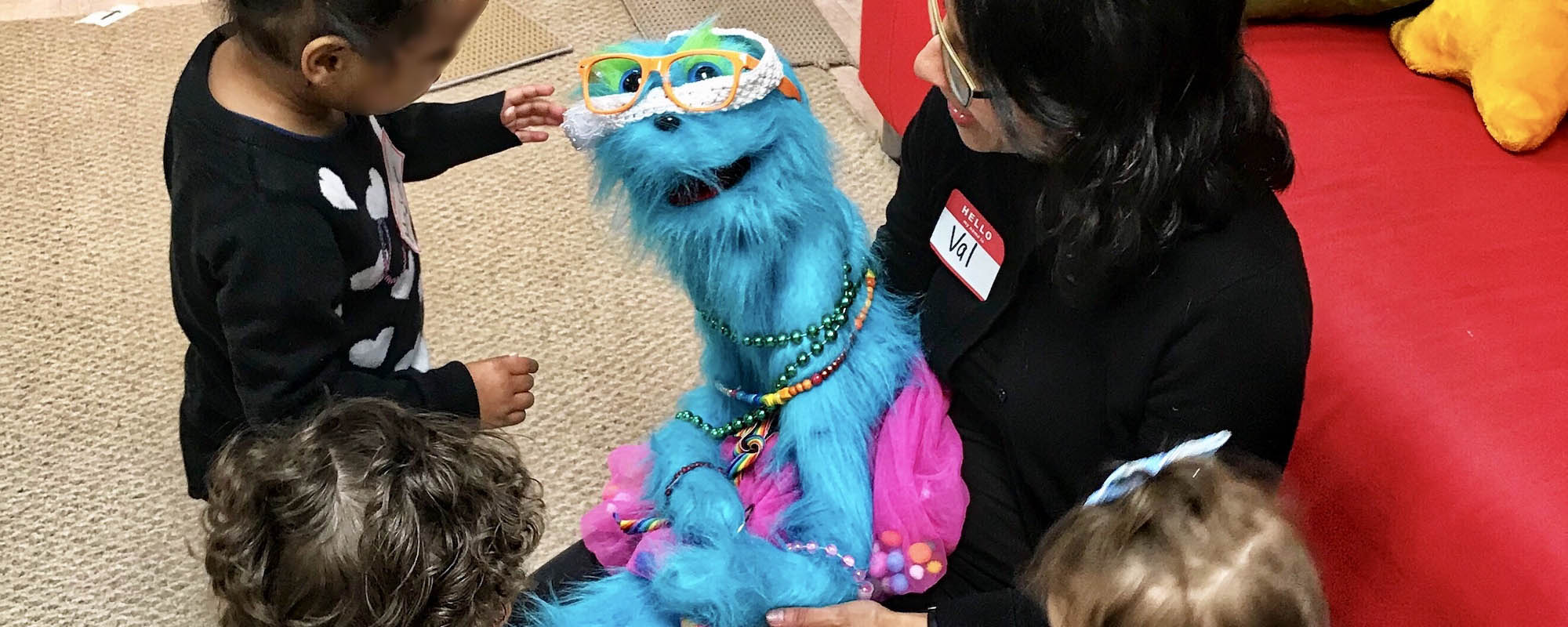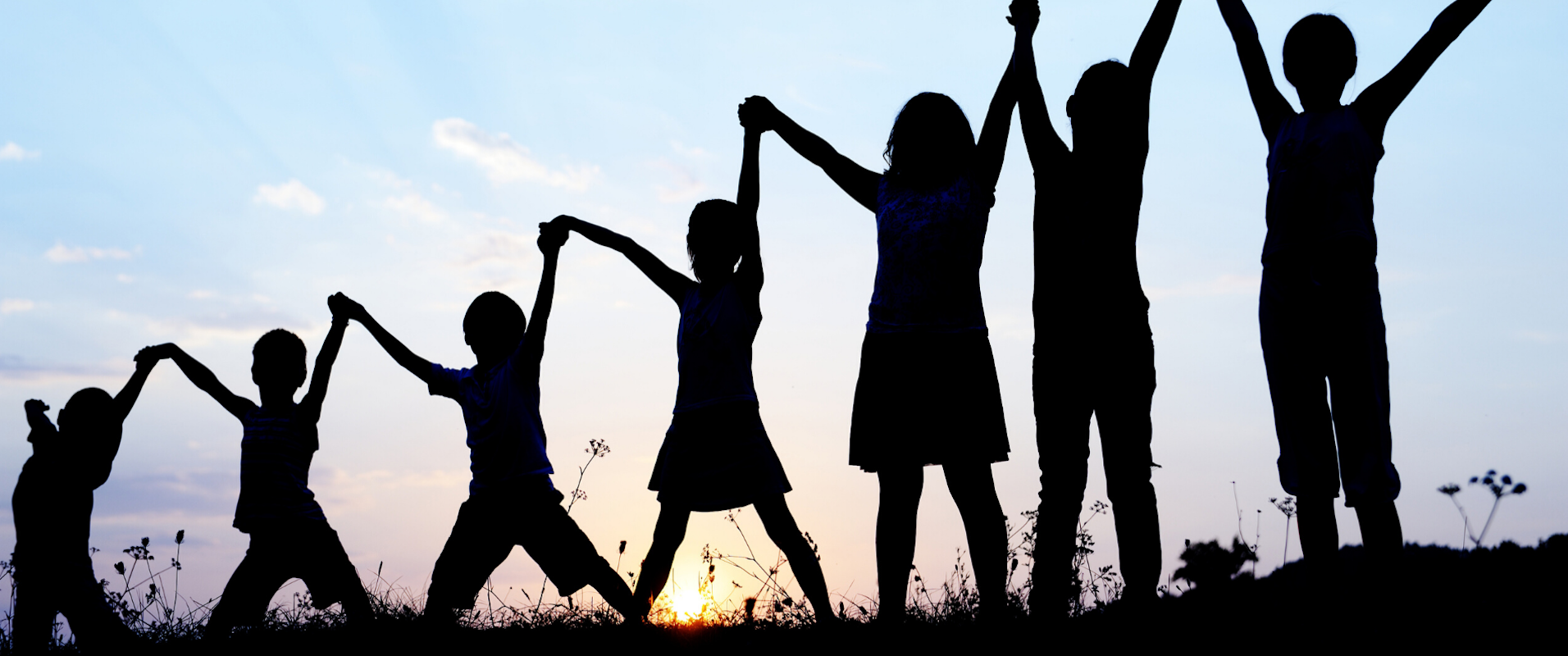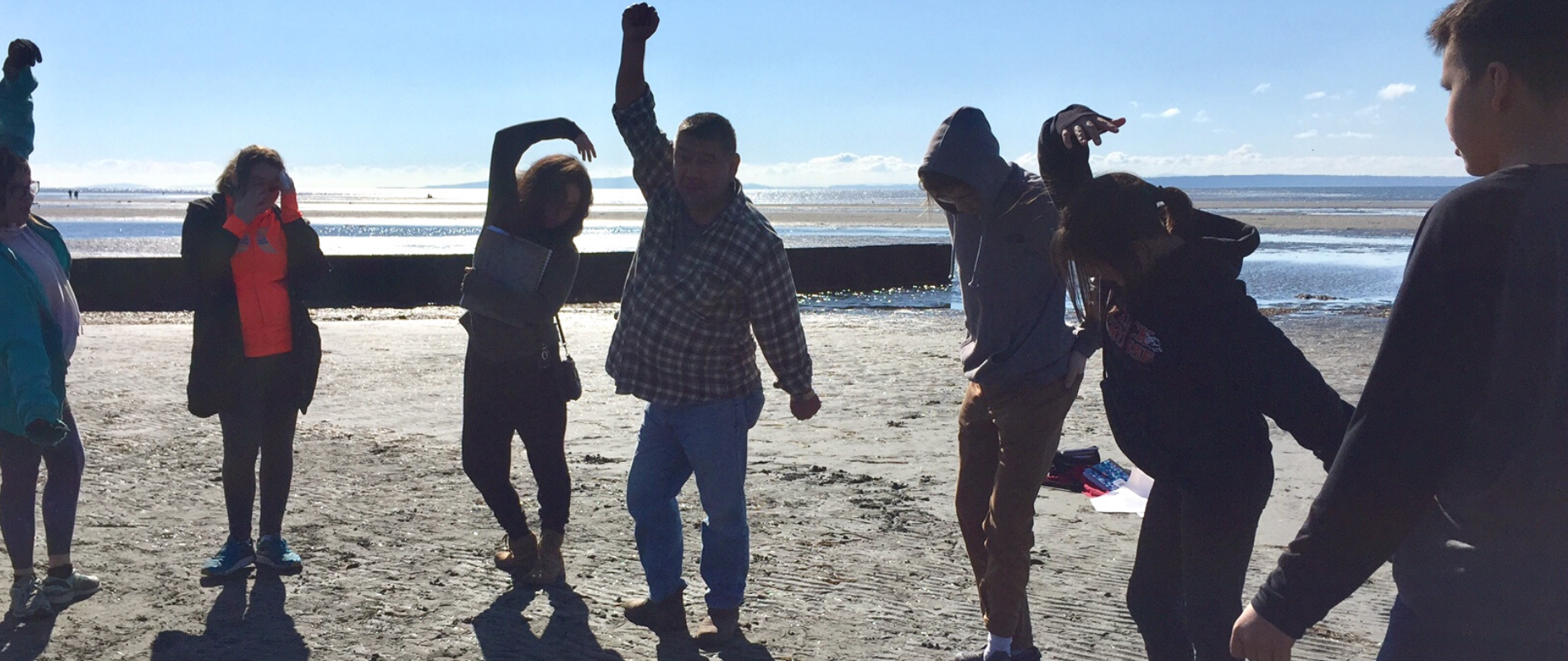The children with disabilities (CWDs) from low socio-economic status are always being discriminated and subjected to abuse and exploitation within the family and society. So, the main aims of the study were to identify the childhood disabilities and protections for the disabled children including those who are at-risk of sexual abuse and exploitation in Rajshahi City, Bangladesh. A total of 500 (250 males, 250 females) children at Rajshahi were assessed for identifying disabilities as well as explored the risk of abuse and protection. Thirty-three mothers of disabled children, 10 professionals, and 4 special education teachers also participated in this study. To assess the disabilities of the children, Denver Screening Questionnaire (DSQ) and Ten Questions with Plus (TQP) were used. The two sets of questionnaires were used to collect demographic and household information. Another set of questionnaire was used to explore the risk of abuse, types of abuse and identifying the abusers and whether taken action against the abusers or not. Focus group discussion (FGD) and in-depth interview were applied to collect information from the mothers of CWDs, professionals, and special education teachers. The study results revealed that 46 (9.20%) children aged (2-9 years) were identified with any type of disability. A total of 71 (14.20%) children were abused, of them 55 (77.46%) were physically, 42 (59.15) were mentally were abused. Among the abused children, almost all (78.87%) were abused by the family members, but a few guardians (35.21%) took action against the abusers.

